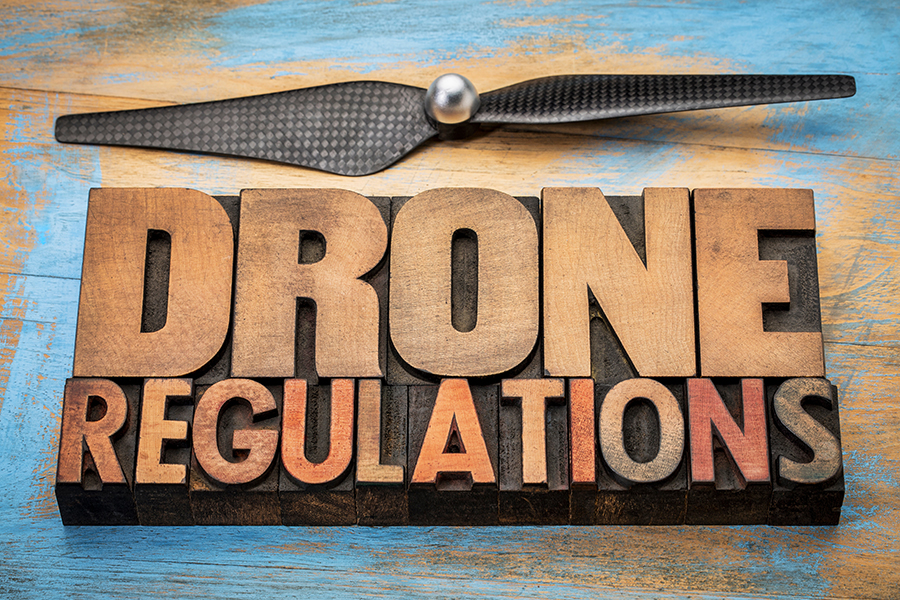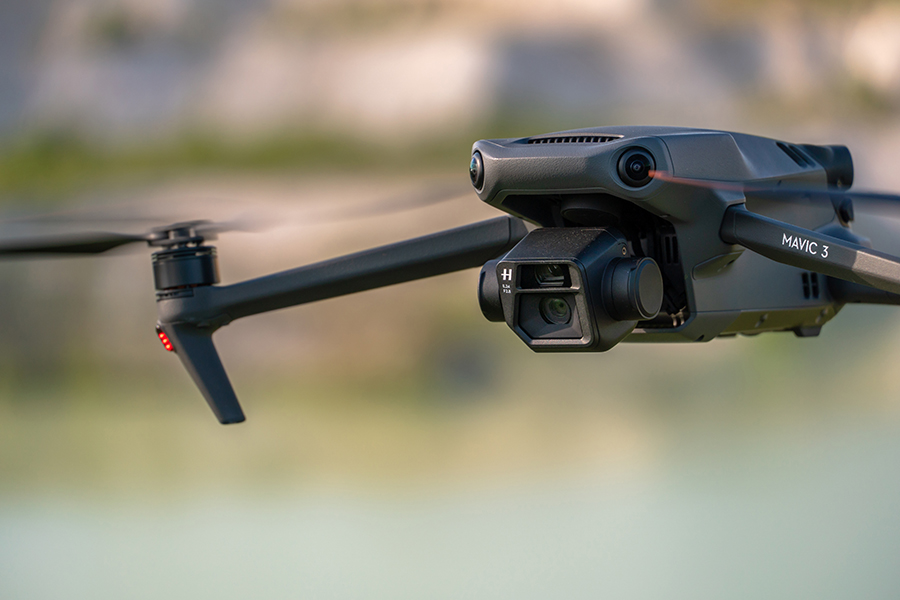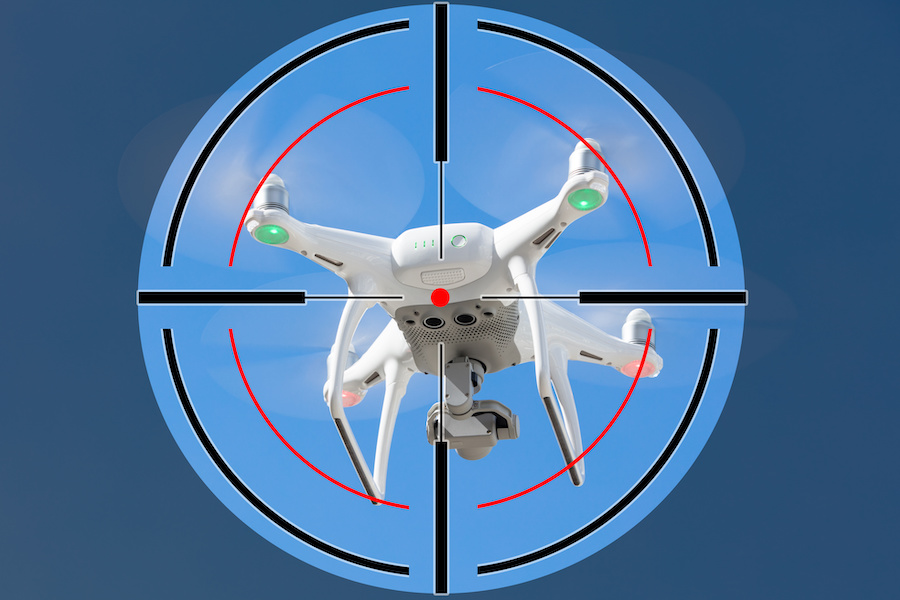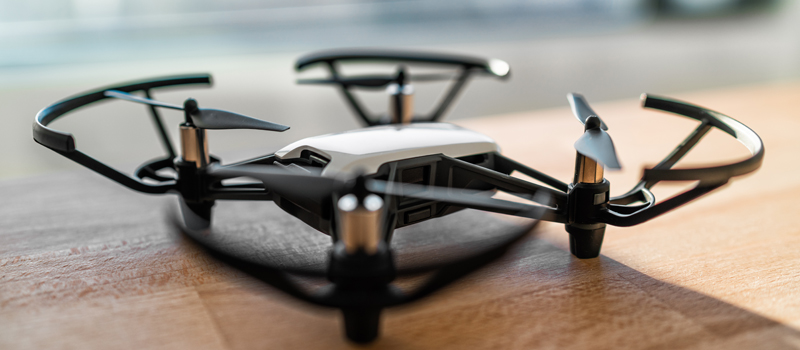-
What is preemption?
-
The basis of FAA’s federal authority over airspace
-
Field preemption – basic principles
-
Conflict preemption – basic principles
-
Typical examples that would be subject to federal preemption
-
Typical examples that would NOT be subject to federal preemption
-
Enforcement of UAS regulations
-
What can you do with this knowledge?
-
Final thoughts
The conflict between the UAS regulations established by the FAA and those implemented at the state, city, or municipality levels has long been a problem for drone pilots, whether commercial or recreational. Although the FAA claims jurisdiction of all federal airspace, this has not deterred local governments from passing their own drone laws even when they contradict the rules of the FAA.
In an attempt to clear this up, the FAA has published a new document that outlines the federal authority over airspace and the scope of FAA preemption on the topic of UAS regulations.
What is preemption?
When we talk of preemption in a legal manner, we merely refer to the idea that federal law will displace or preempt any state or local law should the two come in conflict. This does not hold true for every single activity or area, as there have been many incidences of Congress avoiding state preemption.
However, preemption has been a well-established rule in the field of aviation safety and the efficient use of the airspace by aircraft. Since UAS are classified as aircraft, it follows that the rule on preemption also applies to UAS regulations.
The basis of FAA’s federal authority over airspace
The FAA has been vested by Congress with the authority to regulate the areas of airspace use, management, and efficiency; air traffic control; safety; navigation facilities; and aircraft noise at its source. This exclusive regulatory authority was given to the FAA to ensure the conflict-free maintenance of a safe and sound air transportation system.
In 2012, the FAA was given the statutory mandate to develop a comprehensive plan to safely integrate UAS into the national airspace. This mandate has evolved since then, with the FAA now requiring a means for remote identification of UAS along with the development of a UAS traffic management system.
An exception applies to the Department of Defense, Energy, Justice, and Homeland Security in scenarios where limited UAS detection and mitigation activities are necessary to counter a credible UAS-based threat to covered facilities and assets. No other entities are granted this authority. This means that state, local, tribal, territorial (SLTT), and private sector entities do not have statutory authority to regulate UAS operations.
Field preemption – basic principles
The FAA has the comprehensive and exclusive authority to regulate aviation safety and airspace efficiency with respect to UAS operations at any altitude, as it does for manned aircraft at higher altitudes. States and local governments may not regulate in those fields, neither can they adopt FAA regulatory requirements and then enforce them as state or local regulations.
Take note that the FAA has exclusive jurisdiction over certain regulatory fields. This means that the FAA having jurisdiction over all of “navigable airspace” is a misnomer. States and local governments may enact UAS regulations as long as they do not act to regulate aviation safety or airspace efficiency.
Conflict preemption – basic principles
State laws are subject to conflict preemption when it becomes impossible to comply with both Federal and state regulations, or if the state law hinders the accomplishment and execution of the full objectives of the Congress.
State laws may still be subject to conflict preemption even if the state law regulates outside the fields of aviation safety and airspace efficiency if it conflicts with one or more FAA regulations.
Typical examples that would be subject to federal preemption
The document lists several examples of state or local laws that would be subject to federal preemption. These examples are of state laws that are aimed at regulating aviation safety or airspace efficiency:
- Regulating UAS operations or restricting flight altitudes and flight paths;
- Implementing UAS traffic control systems;
- Regulating UAS markings;
- Establishing a separate licensing scheme for UAS pilots;
- Requiring education or training for UAS pilots;
- Imposing requirements for the safe manufacturing of UAS
The document also cites examples of state or local laws that are aimed at other objectives but may also impair the reasonable use of airspace by UAS:
- A privacy-related ban on all UAS within an entire city will be preempted because it would completely prohibit UAS from using the airspace above the city
- Tailored privacy-related or security-related regulations over facilities such as schools or public utility facilities will more likely be permissible, particularly if bans were implemented for low-altitude UAS operations.
Typical examples that would NOT be subject to federal preemption
Perhaps more helpful, the document listed examples of local or state laws that would NOT be preempted. These are typically laws that are aimed at objectives other than aviation safety or airspace efficiency, but do not impair the reasonable use of airspace by UAS:
- Laws concerning harassment, voyeurism, privacy, trespass on property, reckless endangerment, criminal mischief, transfer or delivery of controlled substances, interference with emergency or medical services, wildlife protection, and using UAS for hunting or fishing are all typically enforced and not preempted.
- Such laws may have an effect on where UAS may operate but do not impair the reasonable use by UAS of the airspace.
- Laws regulating the location of UAS takeoff and landing areas.
- Laws that prohibit or restrict UAS operations in the immediate reaches of a property to the extent that such operations interfere with the property owner’s enjoyment and actual use of the property.
- Policies concerning where a UAS operator can be located while conducting operations.
Enforcement of UAS regulations
- The FAA has the authority to initiate legal enforcement action for violations of FAA statutory or regulatory requirements. However, the FAA is not authorized to delegate its formal enforcement functions to state or local governments.
- The FAA recognizes that law enforcement and other public safety agencies are well-positioned to deter, detect, and investigate unauthorized or unsafe UAS operations for the purpose of public safety.
- The FAA continues to conduct outreach efforts to Federal, state, and local law enforcement agencies on the enforcement of UAS regulations. The FAA has also established the Law Enforcement Assistance Program (LEAP) to provide a resource for aviation-related education to law enforcement agencies.
What can you do with this knowledge?
If you believe that there are state and local laws that have been implemented or are being proposed that are subject to federal preemption, then this document from the FAA can provide solid evidence for your case.
We will also be happy to reach out to cities and municipalities to help sort out these conflicts related to preemption and UAS regulations as part of the work we do together with the Drone Service Provider Alliance. Send us an email via [email protected] if you think that we can help to appeal on your behalf on the topic of local UAS regulations.
Final thoughts
Will the newly published guidance by the FAA resolve all the preemption issues related to state and local drone laws? Probably not, but it’s a huge help in appealing for or against cases of preemption. The conflict between federal and local laws on airspace use by UAS remains one of the biggest hurdles in this industry. This document by the FAA provides very good clarifications. It’s a great start to establishing clear standards for UAS operations and can be a great tool for lobbying with your local policymakers.



